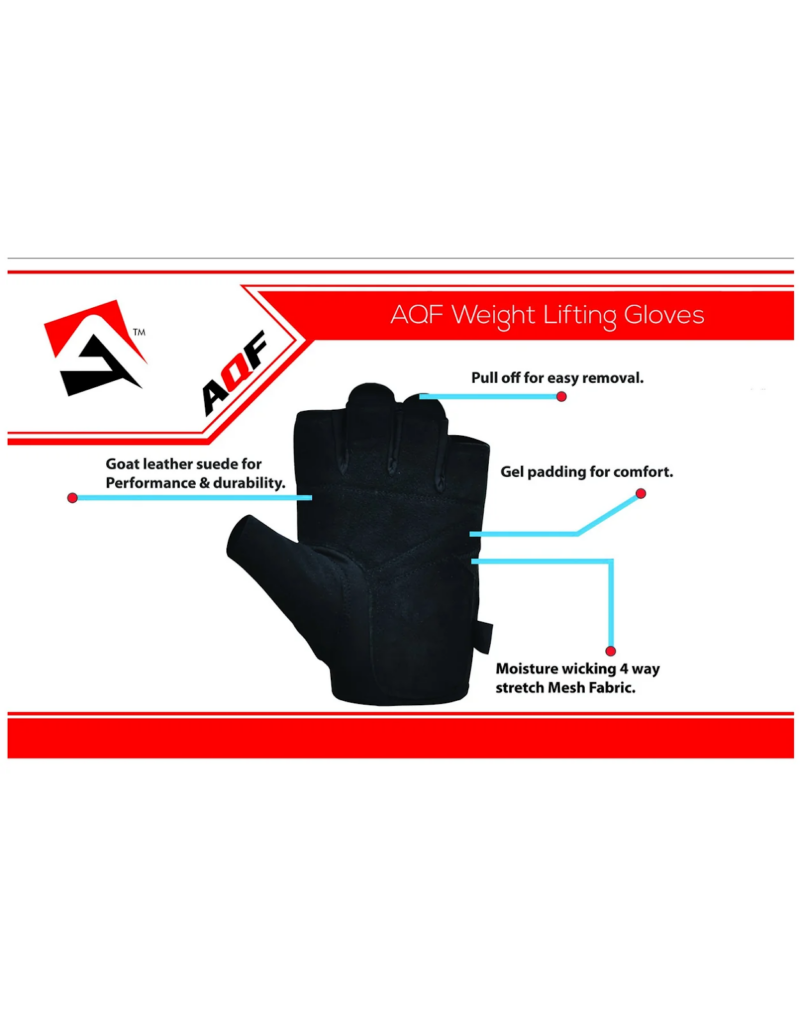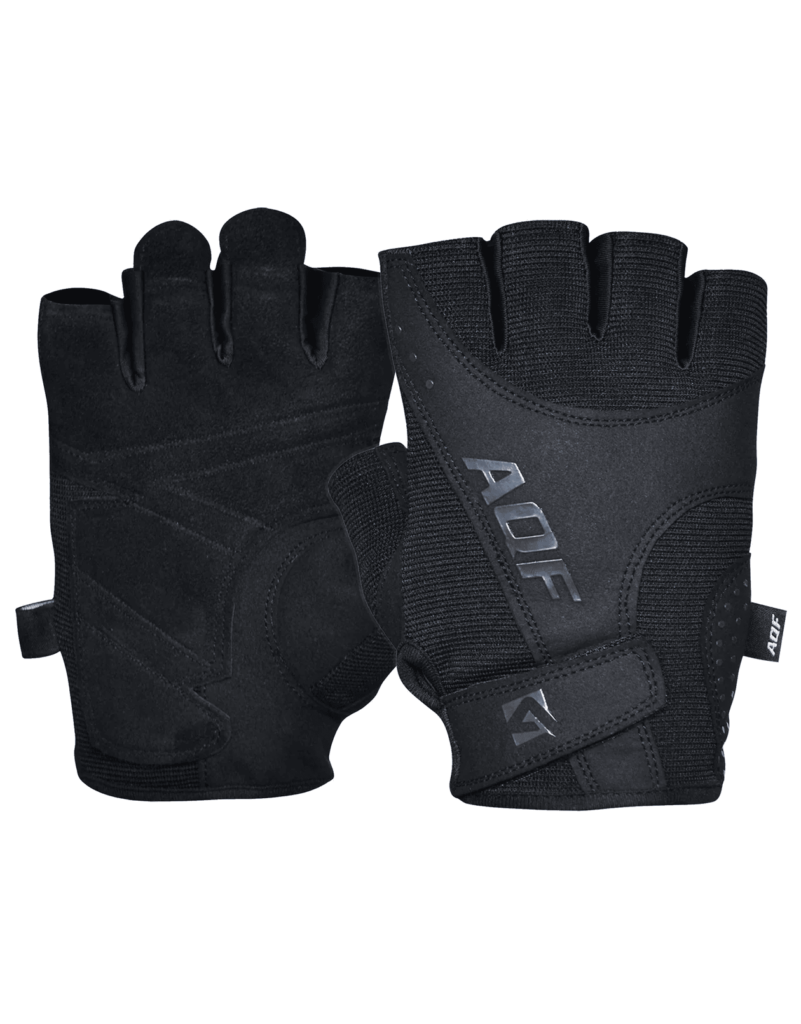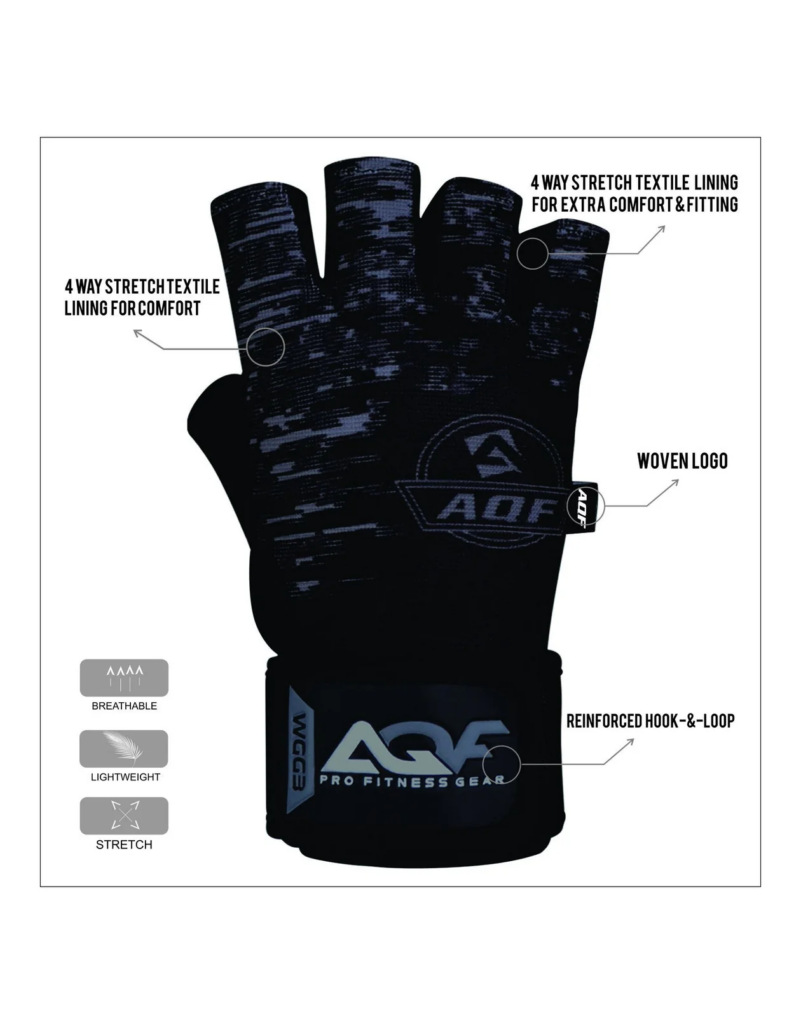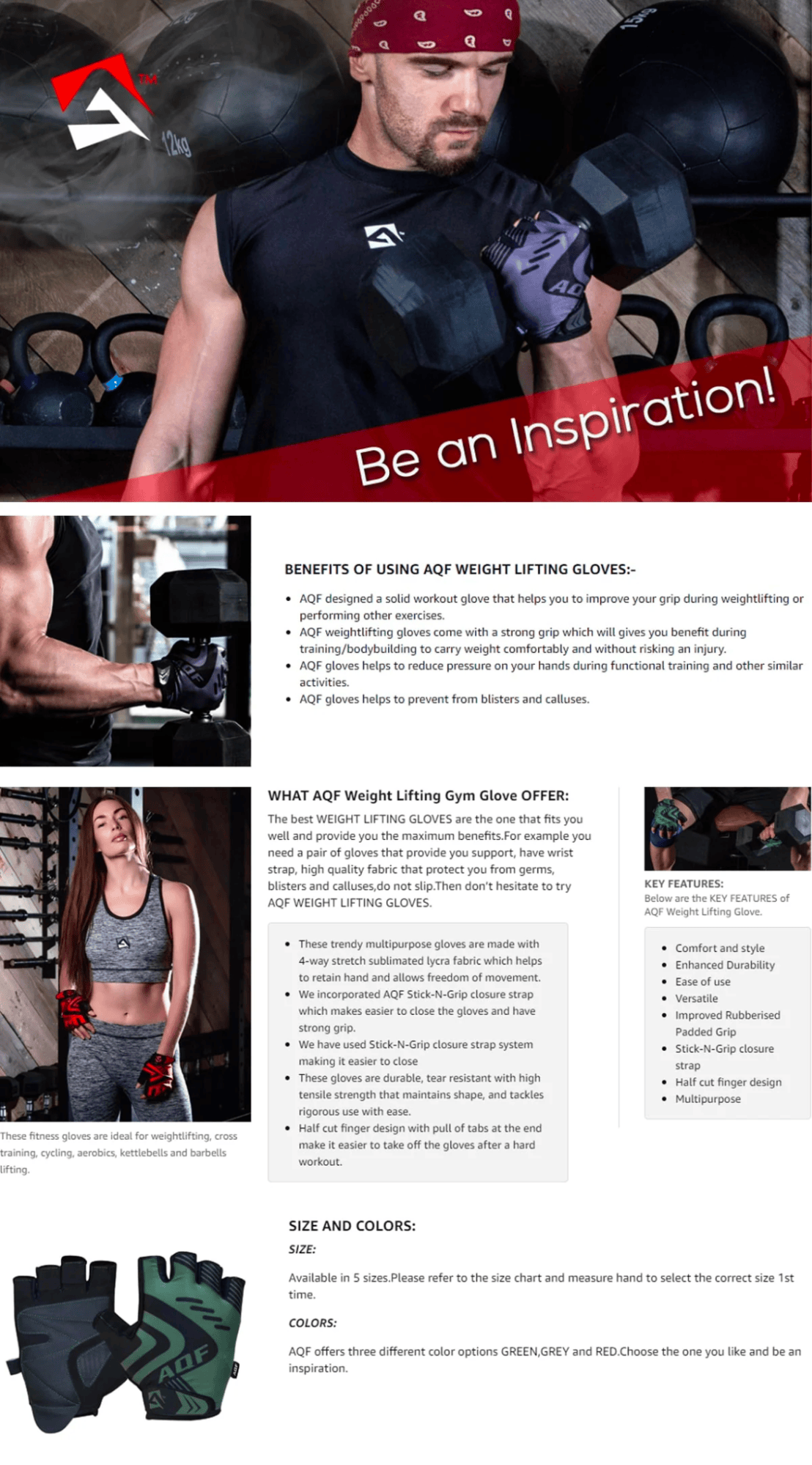Working Out with Gloves – Be Free From Calluses and Blisters

Workout without a worry with gym gloves! Whether you are into hardcore punch bag training or need a confidence boost for your punch work sessions, workout out with gloves provides you the much needed hand protection and wrist support to throw in punches like a true boxer. Let’s find out how workout gloves are your best bet for unstoppable training:
How do Workout Gloves Protect You from Injuries?
You know those annoying bumps and blisters that pop up after lifting weights or gripping bars? Gloves are like your shield against them. Gloves shield your skin against harsh surfaces to keep your hands smooth and blister-free.
Sometimes, your hands just won’t cooperate during lifting and you feel like you’re losing your grip. Gloves with textured material save the day. Wearing gloves improves your grip on different surfaces.
Gloves offer extra support for your wrists especially during heavy lifts. Gloves align your wrist bones to lessen the strain and minimize discomfort.
Workout Gloves with padding cushion your hands and wrists. The cushioning protects you from bruises and strains during punching.
Gym equipment can be a germ haven. Gloves act as your first line of defence against all those nasties. Plus, they help soak up sweat, so your hands stay dry and fresh.
When the temperature drops during outdoor workout, gloves keep your hands warm. No more freezing fingers to distract you from your workout!

Pros and Cons of Weight Lifting Gloves
Pros:
- Protects hands from calluses and blisters.
- Improves grip on weights and equipment.
- Provides wrist support during heavy lifts.
- Cushions hands against impact during punching exercises.
- Maintains hand hygiene
- Keeps hands warm and comfortable during workouts
Cons:
- May reduce grip strength development over time.
- Can feel restrictive and limit tactile feedback.
- May cause hands to sweat excessively, leading to discomfort.
- Some exercises may not require or benefit from glove use.
- Extra care needed for cleaning and maintenance.
- Cost of purchasing and replacing gloves as they wear out.

Why Gym Gloves with Wrist Straps Are a Game-Changer
Gym gloves with wrist straps are the real MVPs of your lifting sessions. They keep you safe and steady while you crush those heavy lifts.
Picture this: deadlift day. You slap on those wrist straps and suddenly, you’re lifting heavier than ever before. That’s the magic of wrist support. It’s like having an extra set of hands, helping you handle those big weights with confidence.
Ever felt your wrists screaming for mercy mid-set? Not with these gloves. They spread the load evenly, so your wrists aren’t taking all the heat. You’ll maintain that solid form without feeling like you’re about to drop the bar.
Wrist straps boost your grip during weightlifting. Thus, you can focus on squeezing your muscles and hitting your reps without worrying about slipping.
Flexibility, Baby: Be it pull-ups, rows, or kettlebell swings, gloves got your back (well, wrists) through it all.
So, if you’re serious about levelling up your lifts, gym gloves with wrist straps are ideal.

Who Should be Wearing Weight Lifting Gloves?
- Beginners who are just starting out weightlifting and need hand protection + better surface grip.
- People Prone to Calluses and Blisters who need that extra cushioning and protection.
- Individuals with Sweaty Hands who want to avoid palm sweating and feel more confident while lifting.

How to Choose Your Workout Gloves?
Choosing the right workout gloves can be a challenge. Here’s a step-by-step guide to help you select workout gloves based on your skill level and usage:
Step 1: Determine Your Skill Level
Are you a beginner, intermediate, or advanced athlete? Different gloves are designed for different skill levels.
Step 2: Identify Your Workout Goals
Are you focused on weightlifting, bodybuilding, CrossFit, cycling, or general fitness? Your choice of gloves should align with your specific workout needs.
Step 3: Types of Workout Gloves
There are several types of workout gloves available, each designed for different purposes:
a. Gym Gloves offer wrist support and grip for weightlifting exercises.
b. Cycling Gloves provide grip, comfort, and protection during long rides.
c. CrossFit Gloves are ideal for lifting, pull-ups, and rope climbing.
d. General Fitness Gloves offer basic protection and grip.
Step 4: Consider Fit and Size
Measure your hand circumference and match it with the manufacturer’s sizing chart to find the right size. Gym gloves should not be loose and must fit snugly on your hand.
Step 5: Material
Consider the material of the gloves. Leather and synthetic materials are common choices. Leather is durable but may require breaking in, while synthetic materials are often more comfortable from the start.
Step 6: Breathability
Look for gloves with ventilation features to prevent your hands from becoming too sweaty during workouts. Good ventilation enhances comfort and grip.
Step 7: Wrist Support
Gloves with integrated wrist straps or wraps are good for wrist stability during heavy weightlifting.
Step 8: Choose Palm Padding and Textured Grip
Choose gloves with adequate palm padding which protects against friction and pressure. Look for gloves with a textured surface for better control.
Step 9: Check the Closure System
Most gloves have hook-and-loop straps or elastic cuffs for secure closure.
Step 10: Try Them On
Whenever possible, try the gloves on before purchasing to assess comfort and fit. Many sporting goods stores allow you to test gloves in-store.
Final Word
Working out with gloves protects your hands from blisters and calluses. They aren’t just about style – they’re practical tools that offer real protection and support for your hands and wrists during exercise. Gloves act as a barrier between your skin and rough surfaces. They offer protection, grip, and improve your hygiene. Keep your workout gloves clean and dry otherwise they may interfere with your technique. Keep lifting, stay safe, and enjoy your workouts! 🏋️♂️





